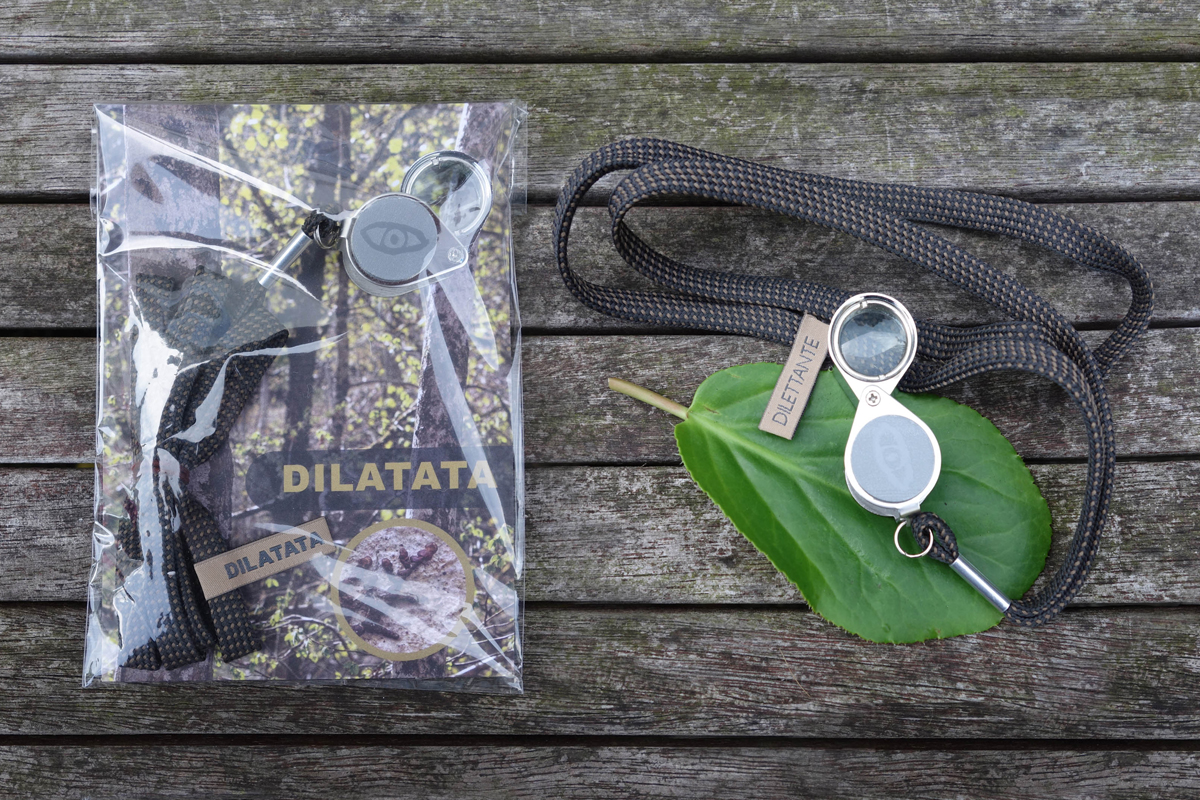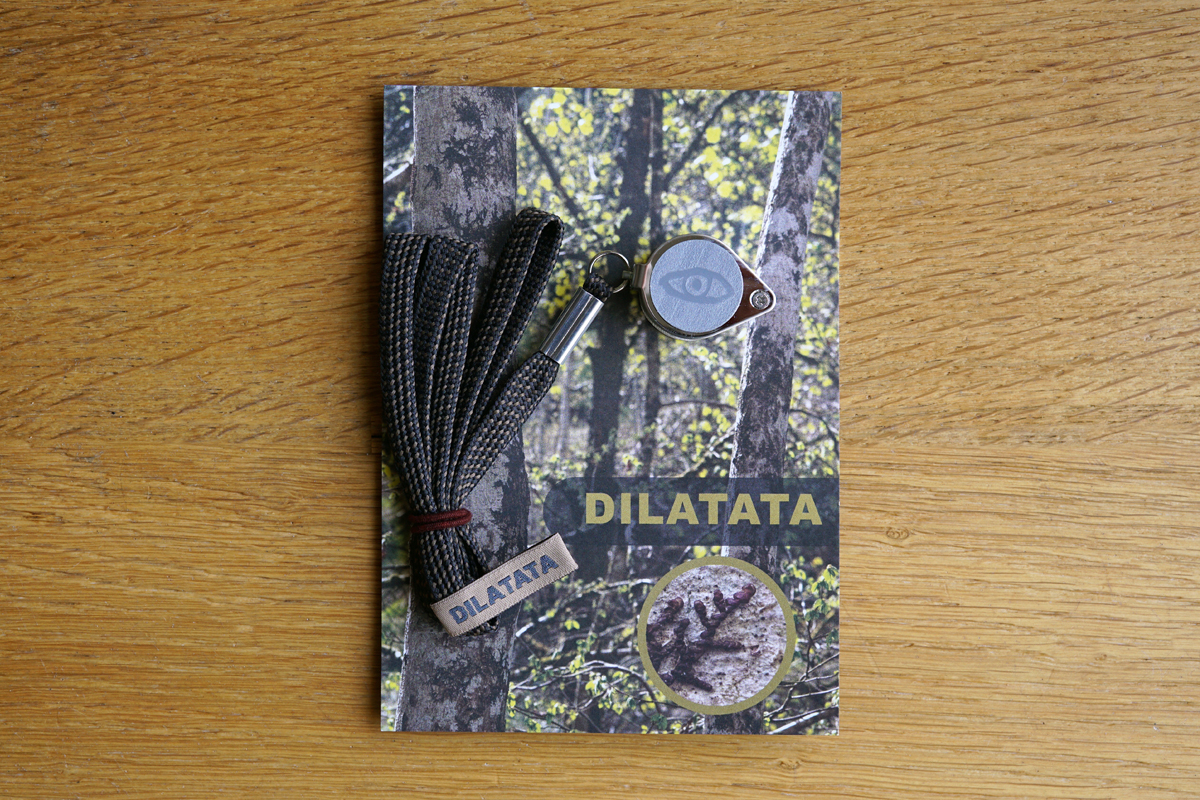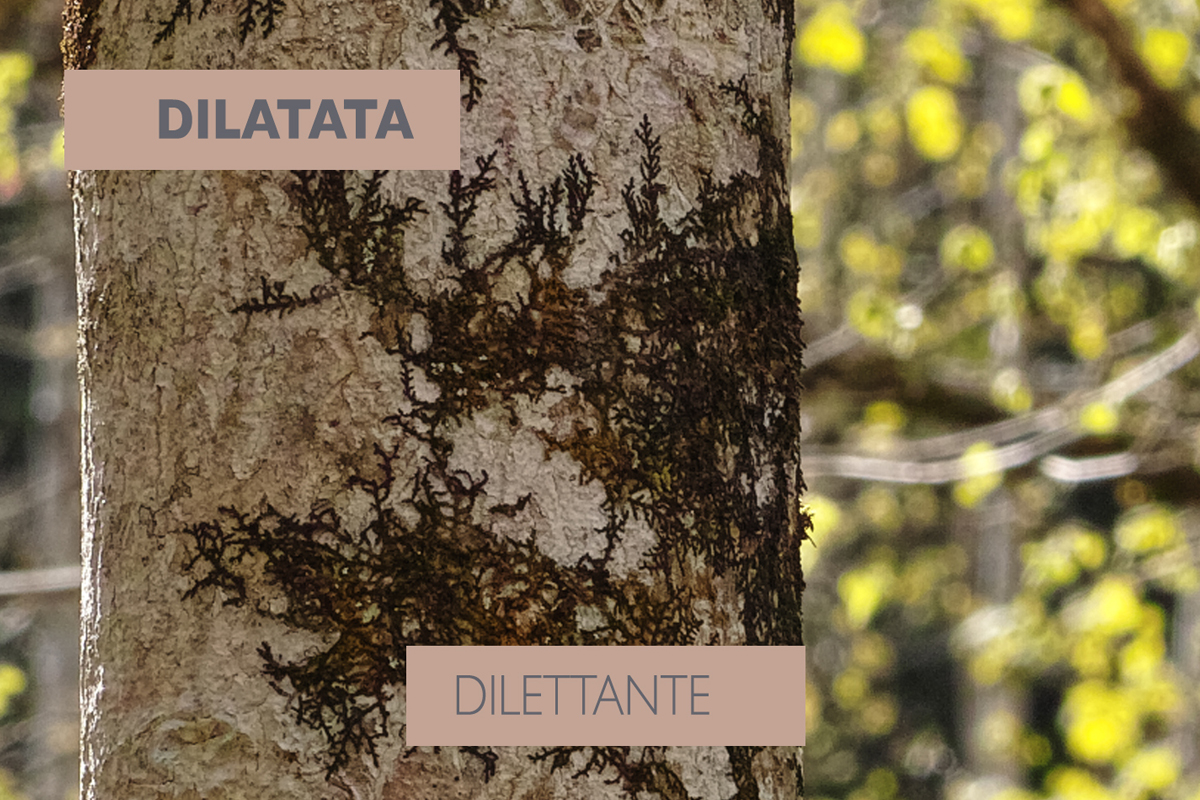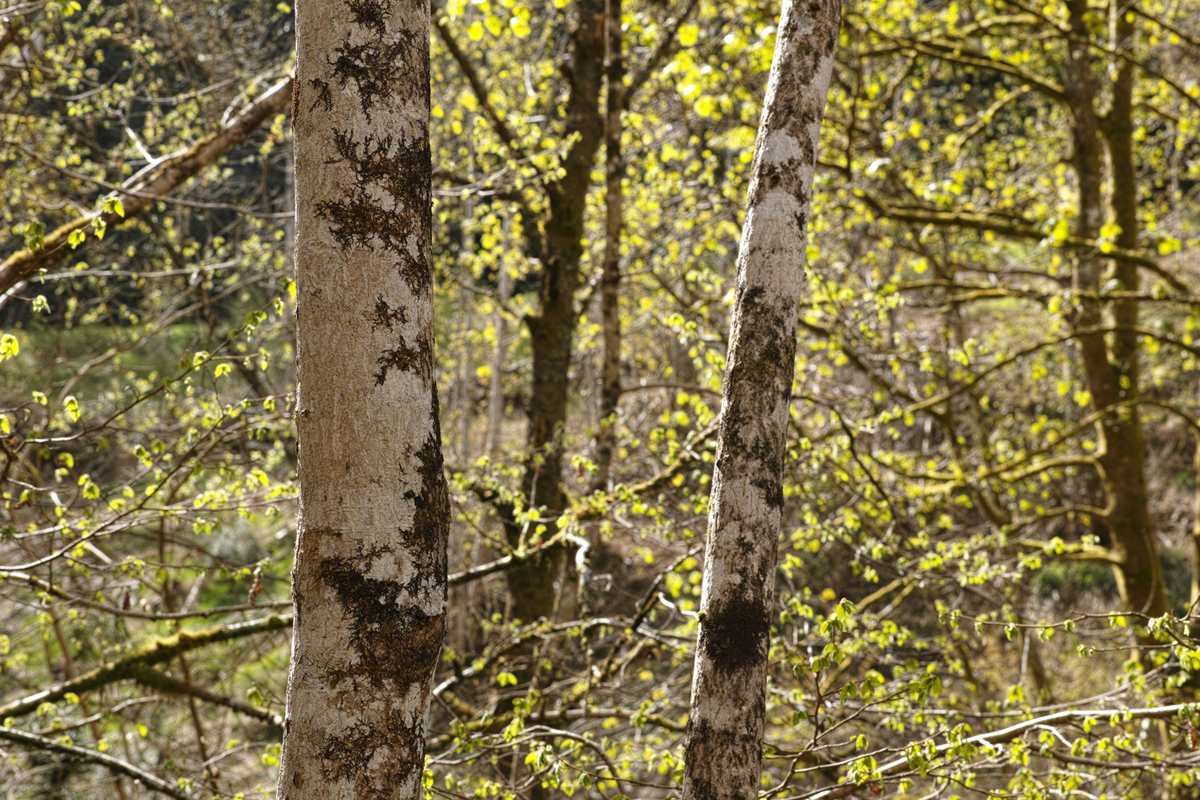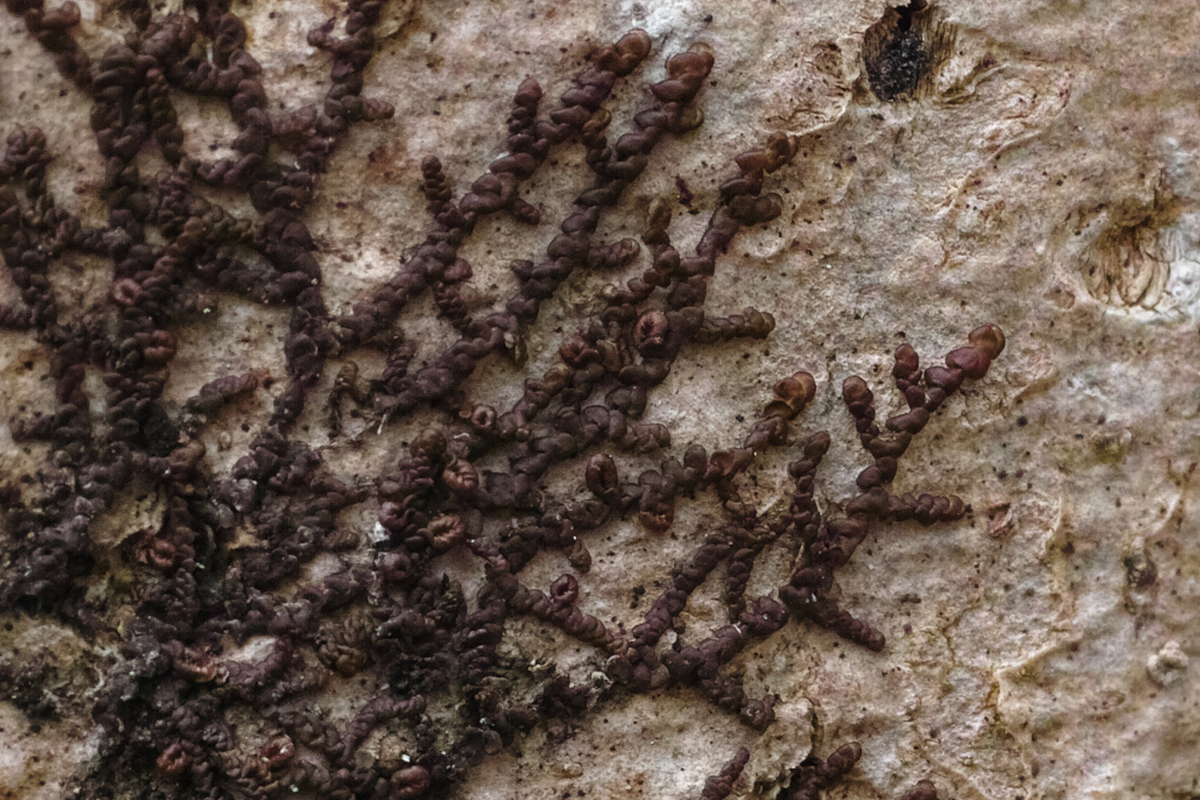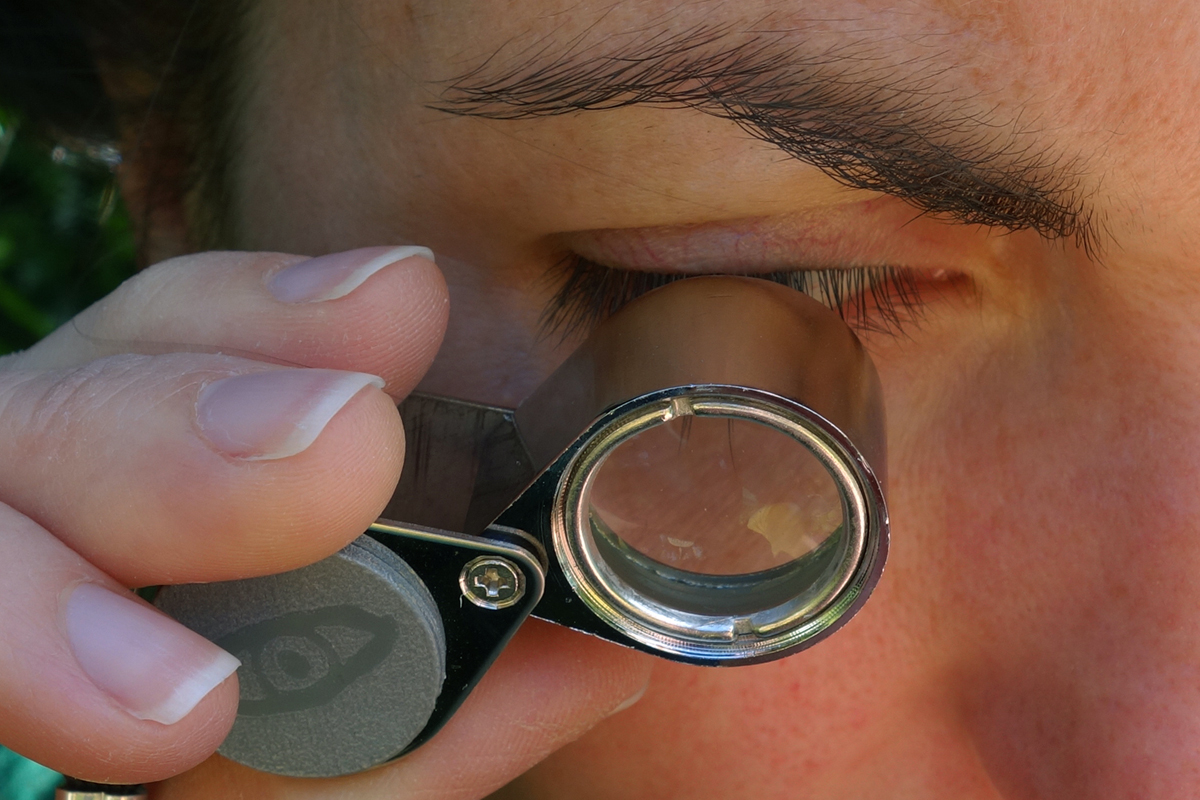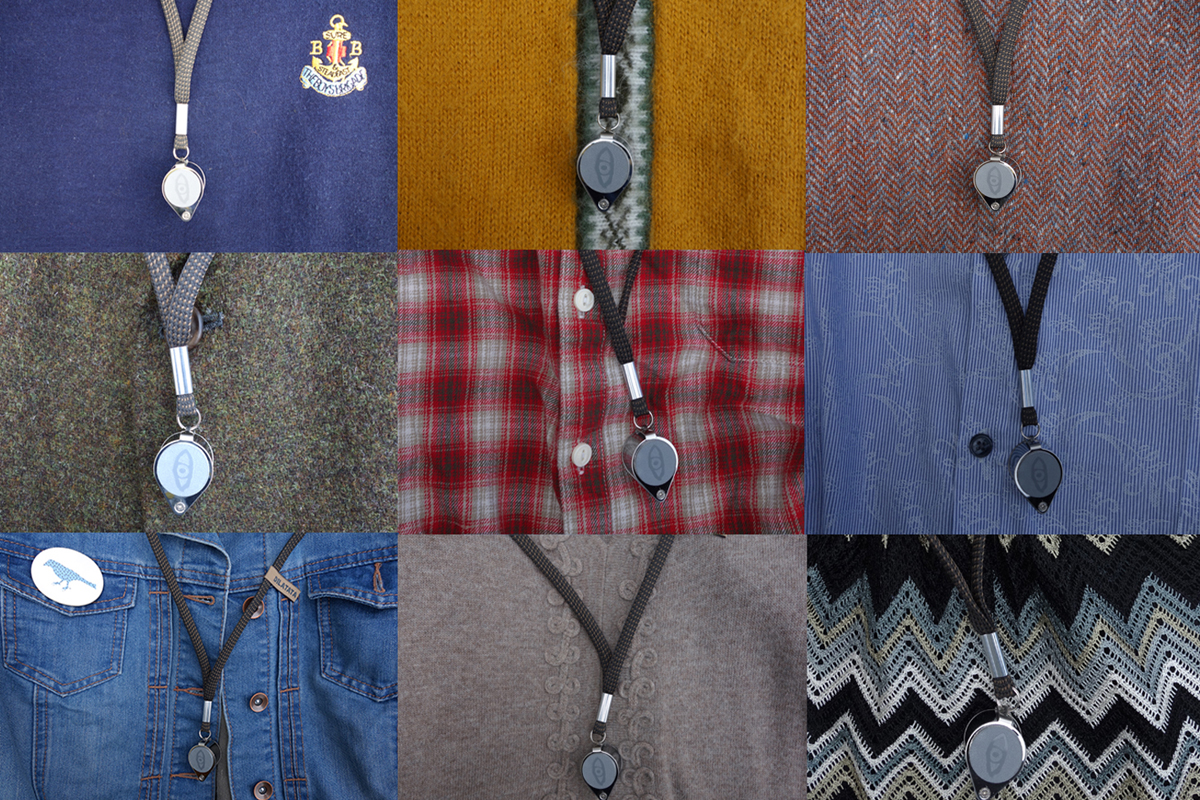Eye Loupe 2013
Eye loupes are used by field scientists to examine plants, insects or geological specimens. To the trained eye, quick identification of small characteristic features can be garnered to distinguish subspecies and variations, but the amateur eye can also enter into this micro world of absorbing architectural forms and ingeniously evolved mechanisms, to glimpse the complexity and diversity of our earthly world.
Our loupe is named after the liverwort Frullania dilatata, whose appearance from a distance, looks like a bruise on the side of a tree (often on ash, willow or hazel). Upon closer inspection, a network of branching stems can be seen and through the loupe and the true marvel of its structure explored, where upon the scaly ‘lobes’ of each branch can be seen to shrink and expand according to the available humidity. In our rebranded loupe we have played around with the words: DILATATA | DILETTANTE. The first, from the Latin name of the Liverwort, meaning to dilate, which describes the widening of the scaly/lobes of the liverwort when it rains, it can go from extreme desiccation one moment, to fluid filled cells the next, but so too does the pupil of the eye dilate as it gets drawn into this micro world. The second alliterative word (Dilettante) which of course is associated with someone who dabbles, an amateur in the field rather than a professional with serious intent, but we are all for the amateur – (the lover of) – and the Dilettante – who takes delight in their surrounds. It could be argued that there is an urgent task to regrow a community of amateur naturalists, as our lifestyles and educational goals place an ever-decreasing value on these skills. This work can be purchased from our store.
Inspired by Hugh Ingram. Commissioned by Creative Scotland. A gift given to the attendees of our lecture The Ecology Of Place which we were invited to present as part of the Edinburgh Lecture Series.
